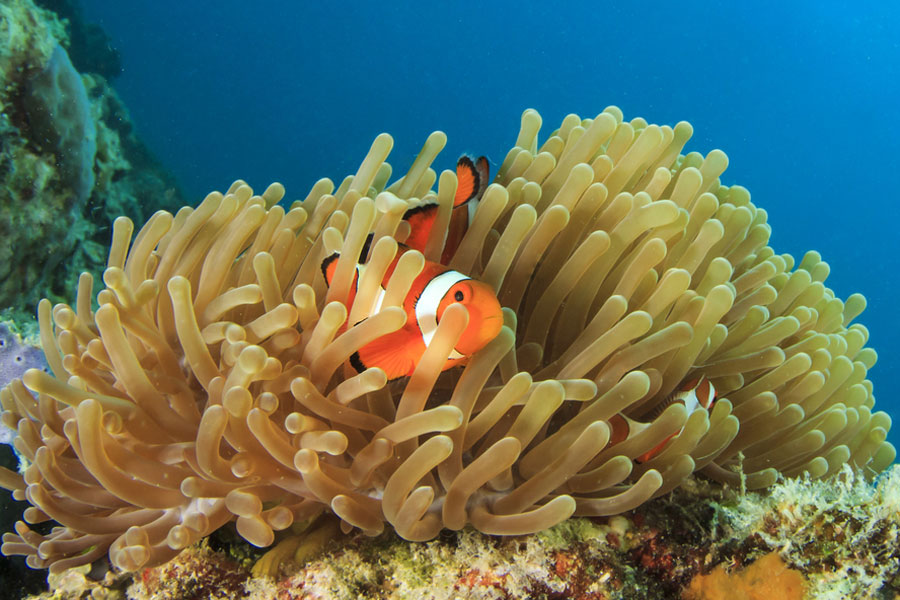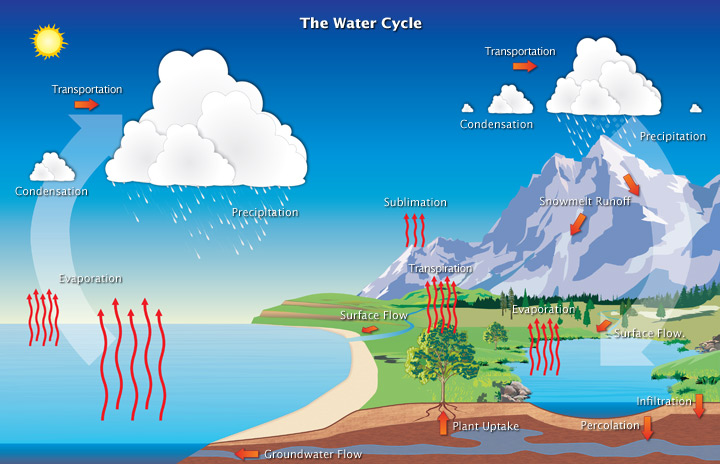KEY TERMS: Environment; Interconnected; Interdependent; Media impacts on society's understanding, perception, feelings and values
‘You what…?’
Wiki says that Media Ecology is…
‘…the study of media, technology, and communication and how they affect human environments.’
Alternatively…
ECOLOGY = NATURE
Examples of a symbiotic relationships within an ecosystem:

The crocodile & plover have a symbiotic relationship. Food stuck in the mouth of the crocodile can cause infection, and the plover bird’s picking cleans the crocodile’s teeth. Thus, when a crocodile needs its mouth cleaned, it will open it and wait for the plover bird’s help. So, the crocodile get clean teeth and the the plover gets food.

The clownfish and the sea anemone help each other survive in the ocean. The clownfish, while being provided with food, cleans away fish and algae leftovers from the anemone. In addition, the sea anemones are given better water circulation because the clownfish fan their fins while swimming about
NATURAL ECOSYSTEMS
THE CIRCLE OF LIFE
The Water Cycle – PRECIPITATION, SATURATION, EVAPORATION, CONDENSATION, TRANSPORTATION…

So, just like natural environments, the Media Environment has its own ecology – elements that are interdependent and collectively form the Media Ecology/Ecosystem that we are going to study.
A Media Ecology/Ecosystem?
These are the elements of the media ecology. All of them are ‘interlinked’ – they are all tied together and the system would collapse if one of them were to disappear.
For the Media Ecology part of the exam, you will need to have an understanding of all of these components and have your own opinions on how they function with some examples. We will be covering them all as we go. You have already begun to learn about audience and producers and prosumers – so we already already on our way.
More key terms in need of definition and illustration of how they fit in the media ecology.
TASK:
- In pairs create a poster/brainstorm which defines one element of the media ecology and consider how it is an interdependent part of the whole ecology.
- Do some research and use your own experiences to illustrate how your element fits within a symbiotic ecosystem…
- When finished, take a photo on a phone and email it to your teacher who will compile the posters into a shared presentation.
This is quite a detailed video explanation of what Media Ecology is but you should be able to gleen from listening to it that Media Ecology is all about how media impacts on society and the role it plays in society
.
https://www.youtube.com/watch?v=E-H2stBPEBk&t=102s
HOW THIS FITS IN THE YEAR 13 EXAM…
This is how the section of the exam is described in the specification.
